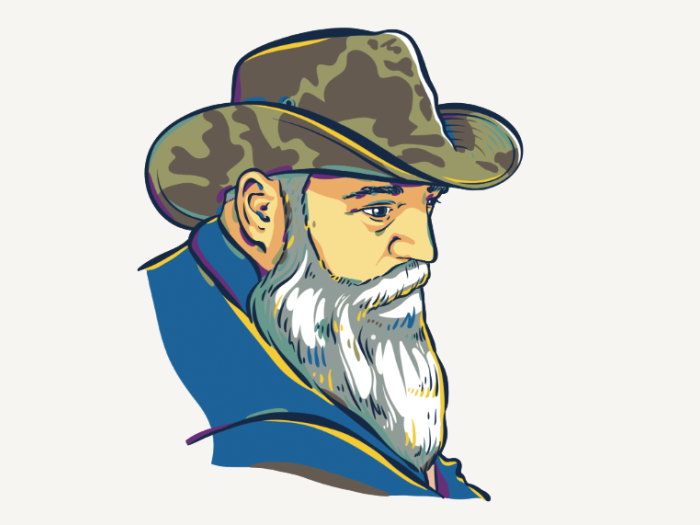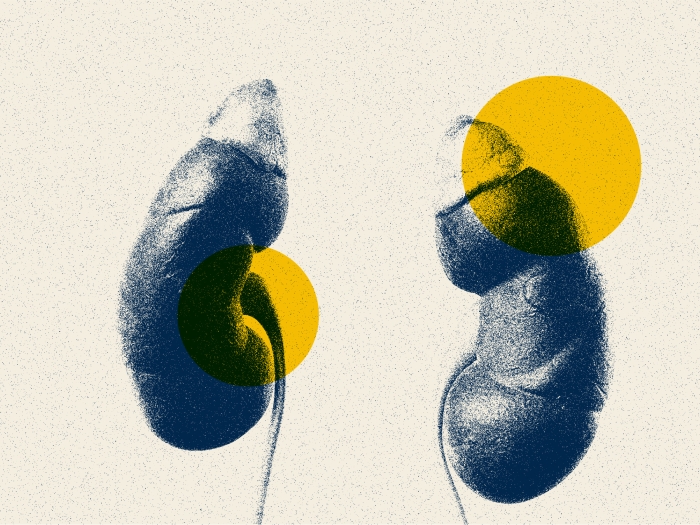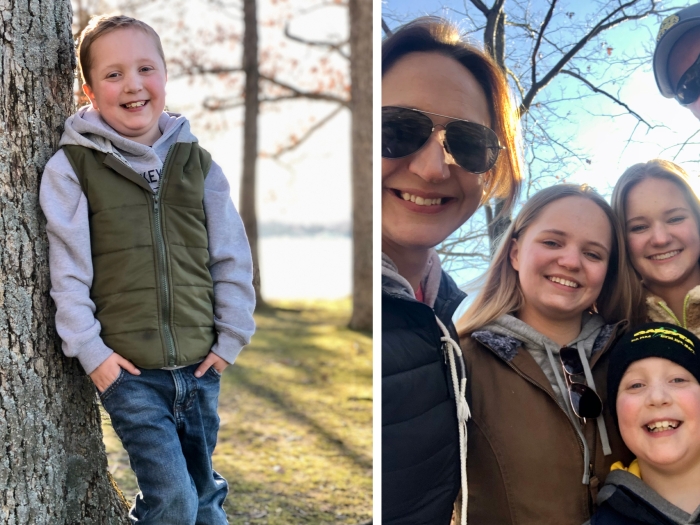The essential role of anatomical donors in teaching medical students
Author |
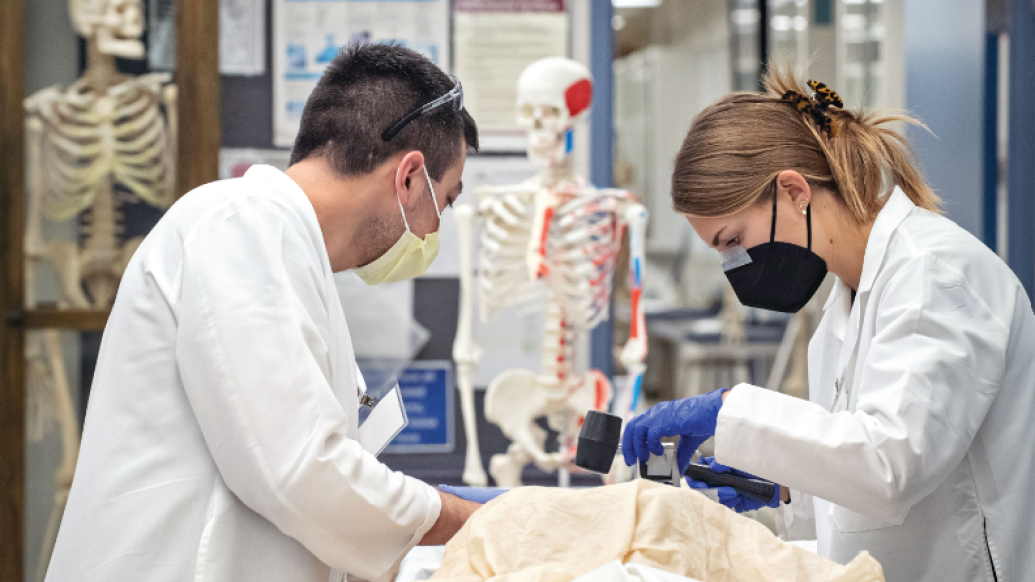
Michael “Skip” Gattyan started his teaching career at the U-M Medical School this year, shortly after his death last November. After some good experiences as a patient at Michigan Medicine, Skip knew he wanted to donate his body to the Medical School. Now his body is helping to train the next generation of physicians.
Some medical schools have opted out of traditional anatomy labs in favor of virtual simulations, but the U-M Medical School remains committed to using anatomical donations in its curriculum. The Medical School also uses the latest high-tech innovations to teach anatomy, but “there’s no substitute for anatomical donation,” says Glenn Fox, Ph.D., director of the U-M Anatomical Donations Program. In addition to the immeasurable benefits for students, the anatomical donations help in the development and perfection of new medical devices and procedures. “A single anatomical donor has a profound benefit to society.”
In the real lab — not the TV lab
At a recent anatomy class Fox was teaching, three students were dissecting a lung together. They were feeling the weight of the lung and deciding where to cut. Problem solving. Although there’s room to make mistakes in the lab, redoing the first incision would not be an option. That’s one way the anatomy lab helps ease students into the high stakes of performing surgery on live patients.
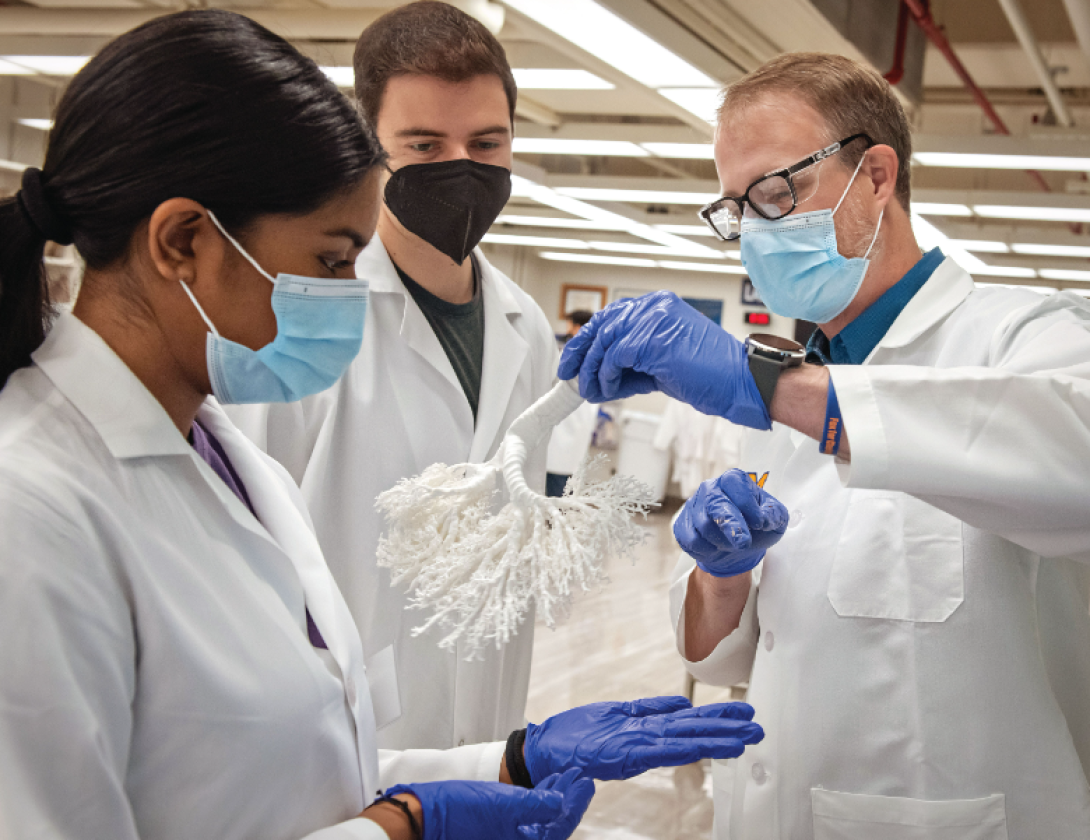
Fox says it’s important for students to get the feel of a real body — “the haptic feedback from incising skin and cutting through fascia.”
I’m a hands-on, visual learner, so from a purely scientific or physical standpoint, having a chance to hold a heart in my hands and see things from a 3-D perspective, ask questions in real time, and examine the anatomy — that is really meaningful and will help me be a better clinician and doctor in the future,” says first-year medical student Aleksandra Zarska.
The donors look nothing like what you might see on a TV medical drama.
“In embalming, there are two goals: sanitation first, then restoration,” says Jalynn Lassic, who is funeral director, embalmer, and program coordinator for the Anatomical Donations Program. Lassic says restoration for funerals is about making the deceased person appear asleep. But for an anatomy class, the goal of restoration is to preserve the body for as long as possible. That means more embalming fluid is used and the body becomes desaturated.
The anatomical donors in a real anatomy class don’t look like they’re asleep. They don’t appear to be wearing makeup, and their features have not been smoothed or made to look younger. You can see every wrinkle clearly, and they are monochromatic, with their color reduced. The donors are draped in a muslin sheet doused in a special solution to keep them hydrated, with only the part students are working with exposed.
So much more than bodies
Respect for the donors is paramount at every step of the process. Students stay with the same donor for the entirety of the first-year anatomy course, learning the donor’s age and medical conditions. It can be a powerful experience for the students.
“Being able to work with this donor throughout the year, I got to learn more and more about what they went through from a medical perspective,” says first-year medical student Kelly Beharry. “It really humanized them for me.”
This is an important part of the curriculum because students are not just learning about body parts. They’re also learning empathy. When students do remove tissue from a donor body, the tissue is placed in a fiber bin. After the donors are done helping to teach the class, their remains — including what’s in the bin — are cremated and returned to their family.
Very few of these students have seen death up close. This is a low-stakes environment that allows them to get acclimated. It allows them to see anatomy and pathology. —Glenn Fox, Ph.D.
Fox recalls a student who got woozy after witnessing lung damage caused by smoking. These patients are not theoretical simulations. They are real.
Skip and others who choose to donate their bodies are helping students understand the reality of medicine. This important work can be incredibly meaningful to donors and their families.
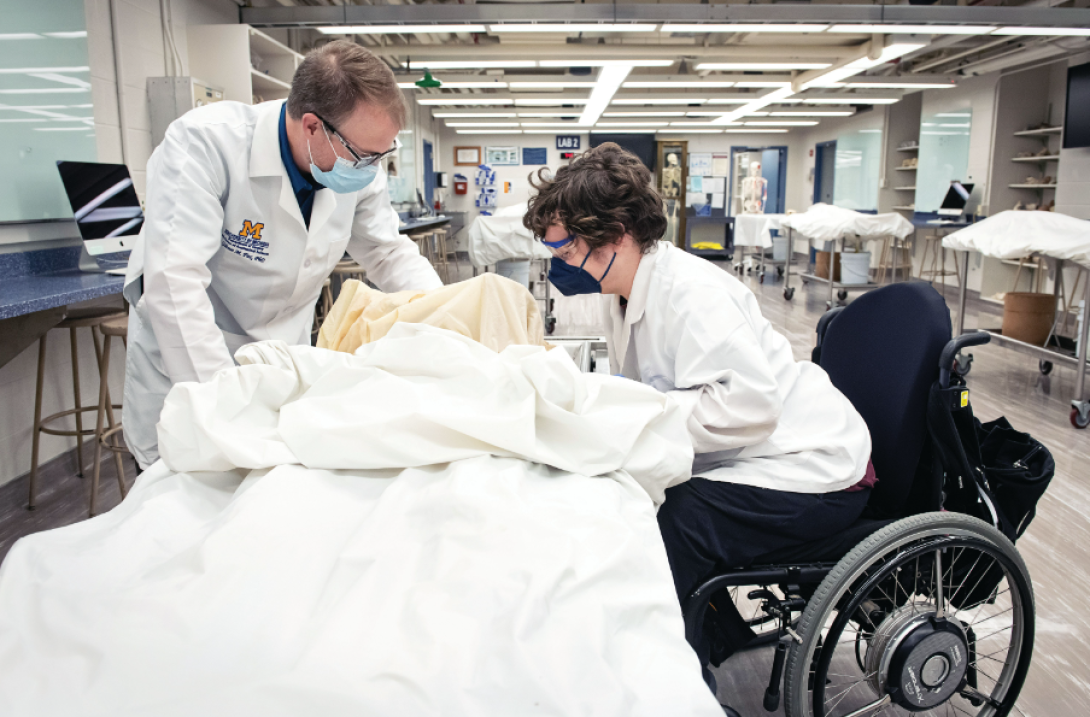
We all crave contact
Zarska recalls the emotional impact of her first experience with an anatomical donor.
“In that moment, I truly felt it was such a privilege. Whether it’s the first or the fifteenth time I’m working with them, I try to start my session by expressing gratitude to that donor and their family for making it possible to learn in such a hands-on and intimate way.”
The Anatomical Donations Program teaches medical students profound respect for donors, and that is an important step in developing relationships with their future patients.
“There is a unique bond between patient and caregiver. And there are very few things that make that as clear as someone caring enough about your education to give of themselves so you can learn,” says Steven Gay, M.D., professor of internal medicine and former dean of admissions for the Medical School. “We all have found the incredible utility of doing things virtually, but one thing we all seem to crave is intimacy of contact. The anatomical donation represents someone’s life. It represents an individual and a person you can connect with. Understanding that connection with appropriate awe and curiosity and reverence is crucial in learning how to be a physician.”
Lassic sums up one of the anatomy lab’s main benefits to students: “Hopefully, the compassion they get now carries them throughout their careers.”
